1. Cheo - Folk art of the Northern Delta
Cheo – a typical traditional theatrical art of the Vietnamese people (Photo source: Collected)
Born in the 10th century, Cheo art is considered a typical Vietnamese folk art form, deeply attached to the cultural and spiritual life of the people. Initially popular in the villages of the Red River Delta, this traditional theater form has gradually spread to the midlands and mountainous regions of the North as well as the North Central region. With its strong folk theatrical character, Cheo art not only reflects the soul and lifestyle but also preserves many unique cultural values. Currently, Vietnam is building a dossier to nominate Cheo art to become an intangible cultural heritage recognized by UNESCO.
2. Don ca tai tu - Folk art of the Mekong Delta
Southern amateur music is a representative intangible cultural heritage of humanity (Photo source: Collected)
Don ca tai tu is a unique Vietnamese folk art form, closely associated with the daily life of people in the Mekong Delta. Formed more than a century ago, this art form uses many traditional musical instruments such as the zither, the zither, the monochord, the monochord, etc. True to its name, don ca tai tu is a harmonious combination of musical instruments and lyrics, often performed spontaneously after hours of hard work. Don ca tai tu songs mainly revolve around the themes of love, daily life and national historical values. Not only is it a spiritual food for the local community, don ca tai tu also contributes to enriching the map of Vietnamese cultural tourism , attracting domestic and foreign tourists to explore.
3. Ca Tru - Folk art of the North and North Central regions
Ca Tru - The quintessence of Vietnamese music for thousands of years (Photo source: Collected)
Besides Ca Tru, this art form also exists with many other names such as Hat Co Dau, Hat A Dao, Hat Nha To, Hat Nha Tro, etc. Ca Tru is popular in the Northern - North Central provinces and is performed with many diverse literary forms such as stories, fu, ngam, but the most popular is Hat Noi. It seems that once listening, everyone is immersed in the humming with the unique melody of the female singers combined with traditional musical instruments such as Dan Day, drums, clappers, etc. In October 2009, Ca Tru was officially recognized by UNESCO as an intangible heritage of humanity.
4. Tuong - Central Vietnam folk art
Tuong is a long-standing performing art form of Vietnam, belonging to the group of Vietnamese folk art forms. It is a delicate combination of singing, dancing and acting, often recreating historical stories, legends or profound moral lessons. Tuong plays not only praise loyalty and patriotism but also convey standards of conduct and human ethics. With its heroic tone, this traditional opera has become an important part in preserving and promoting national cultural values, while contributing to enriching the treasure of Vietnam's intangible cultural heritage.
5. Xoan singing - Folk art of the ancestral land of Phu Tho
Xoan singing is a form of Vietnamese folk art associated with the worship of gods in the early days of spring. This is a form of art combining singing, dancing and music , often performed at village communal houses, especially in the ancestral land of Phu Tho - where many traditional values are preserved. Xoan singing, also known as "communal house singing", has been passed down since the Hung Kings' period, reflecting the fertility beliefs and community spirit of the ancient Vietnamese people.
6. Quan Ho folk songs - Folk art of Bac Ninh region
Bac Ninh Quan Ho folk songs - Essence and identity (Photo source: Collected)
Bac Ninh Quan Ho folk songs are one of the outstanding Vietnamese folk cultural art forms, closely associated with the spiritual life of the Kinh Bac people. With the graceful form of singing and responding between the male and female singers, Quan Ho folk songs not only express the emotional levels of love between couples but also convey the beauty of long-standing traditions. Every spring, those smooth, sweet melodies resound throughout the Bac Ninh countryside, becoming a melody that soothes people's hearts after months of hard work.
7. Water puppetry - Folk art of the Northern Delta region
Water puppetry - a magical spiritual life on the water (Photo source: Collected)
As one of the unique Vietnamese folk art forms, water puppetry makes a strong impression with its performance stage right on the water surface and the familiar image of the witty Teu. This art not only strongly reflects the folk spirit and simple working life of the people of the Red River Delta, but is also considered a "living epic" marking the history and soul of the Vietnamese people. Each play and each dance contains traditional cultural values, creating a unique attraction for tourists who want to explore traditional performing arts and learn about ancient Vietnamese culture.
8. Then singing - Folk art of the Tay, Nung, and Thai ethnic groups
Then singing and Tinh lute are two quintessential features born from the working life of the ancient Tay people. According to folk beliefs, "Then" means "Thien" - symbolizing the sky, considered a sacred song taught by fairies. Therefore, in the traditional culture of Vietnamese ethnic groups, especially the Tay people, Then singing often resounds during important ceremonies such as praying for peace, praying for crops, soul calling festivals... Then singing is like a bridge to convey people's wishes to the gods.
Considered a unique form of Vietnamese folk art, Then singing is a harmonious blend of many artistic elements: dance, instrument, and singing. Among them, the Tinh instrument - a typical musical instrument of the Tay people - creates soft, deep sounds. The instrument is elaborately crafted from a dried gourd, the soundboard is made of vông wood, and the handle is made from khao quang or mulberry. Then singing blends with the Tinh instrument, reflecting the artist's soul and evoking nostalgic, lingering emotions in the hearts of the audience.
Then lyrics are not simply lyrical, rich in musicality, but also contain valuable lessons about human relations and profound philosophies of life. Listening to Then singing and the Tinh zither resounding, we seem to find our own life in it — a simple but profound harmony of Vietnamese folk performing arts and folk music.
Vietnamese folk art is not only a priceless spiritual treasure but also an everlasting symbol of national identity through each generation. In today's modern life, preserving and promoting these folk art values is not only a responsibility, but also a pride of every Vietnamese. By respecting, continuing and creating, we will together breathe new life into ancient values, so that folk art will forever resonate in the flow of Vietnamese culture and spread to international friends.
Source: https://www.vietravel.com/vn/am-thuc-kham-pha/loai-hinh-nghe-thuat-van-hoa-dan-gian-viet-nam-v17058.aspx


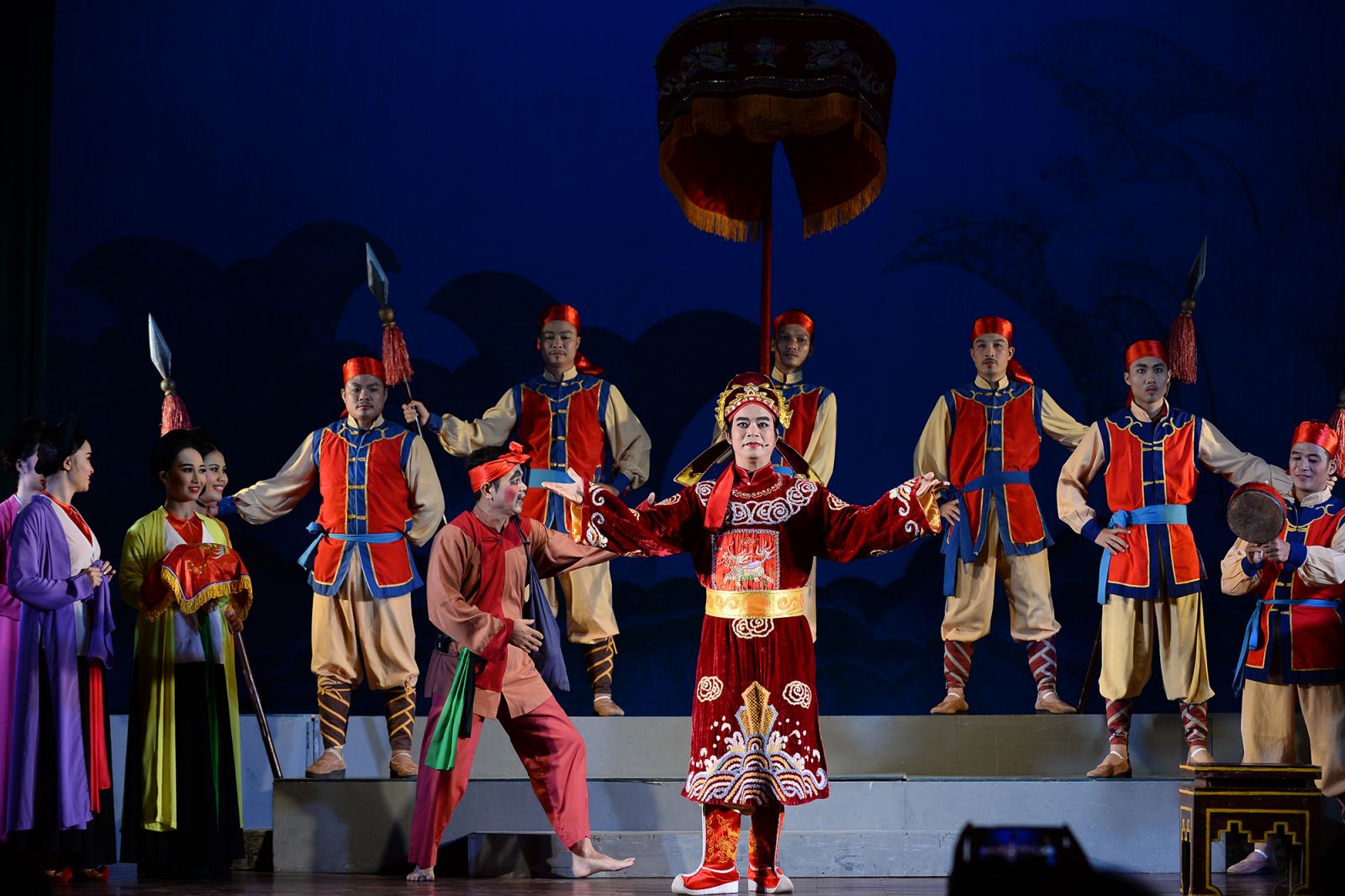
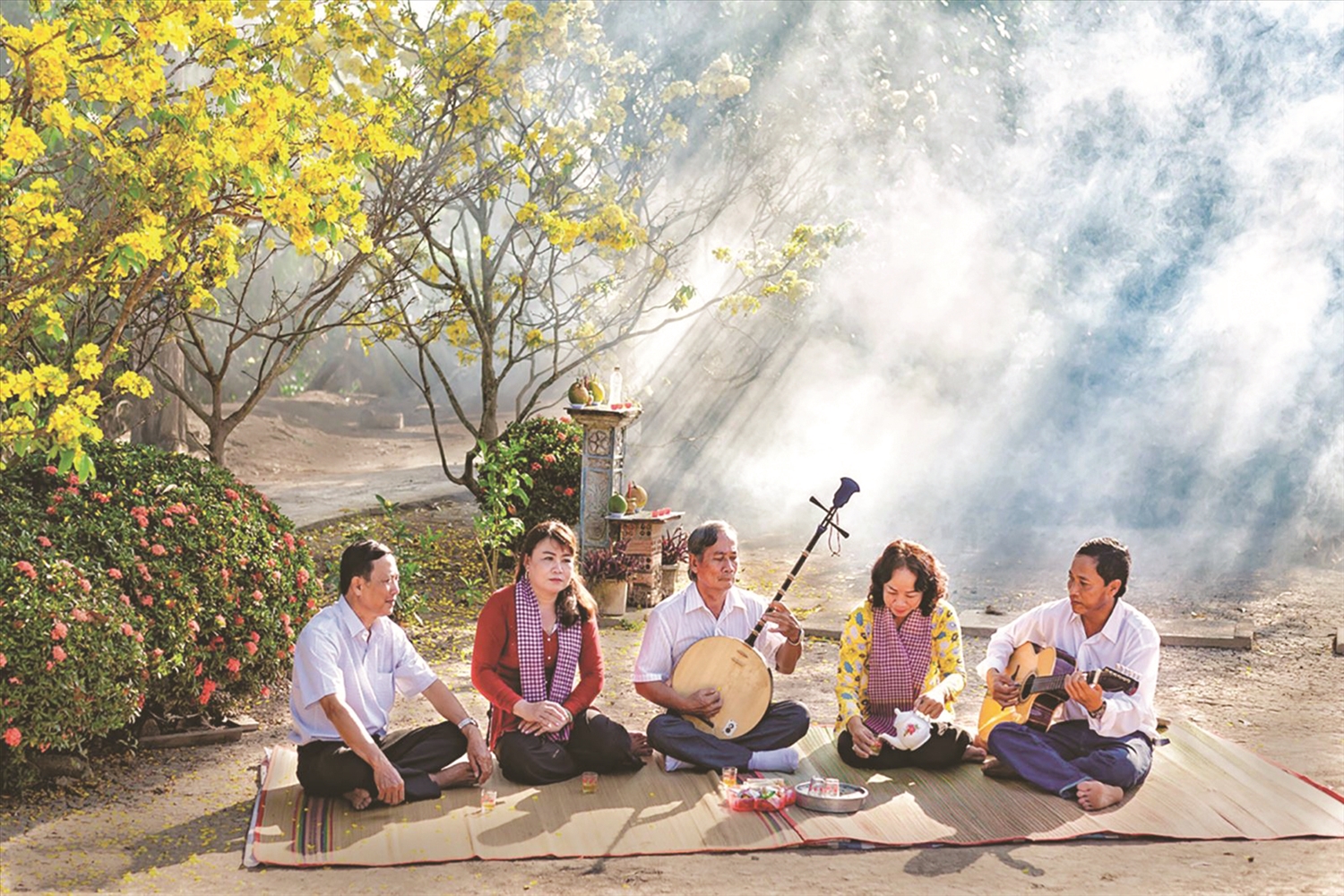
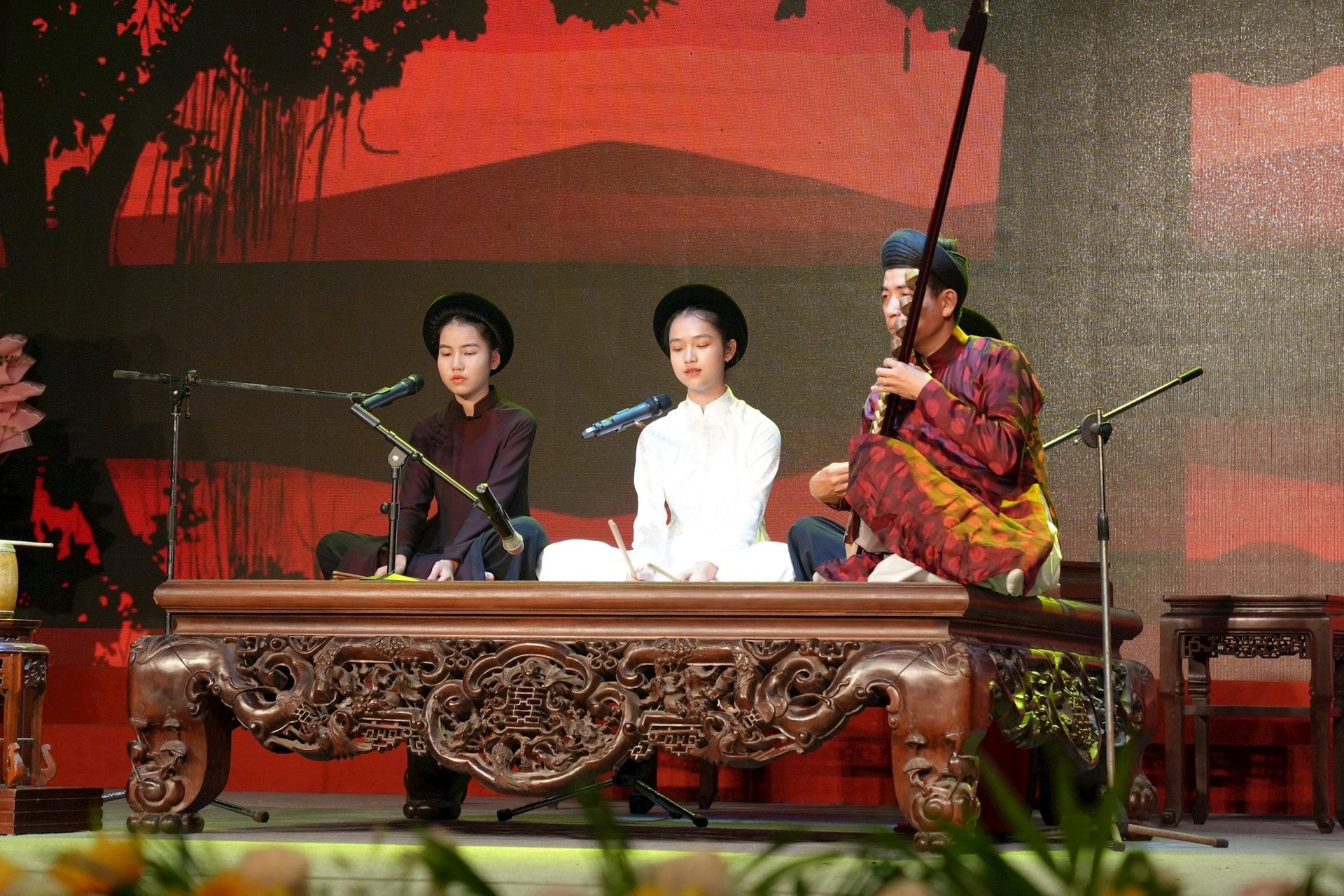
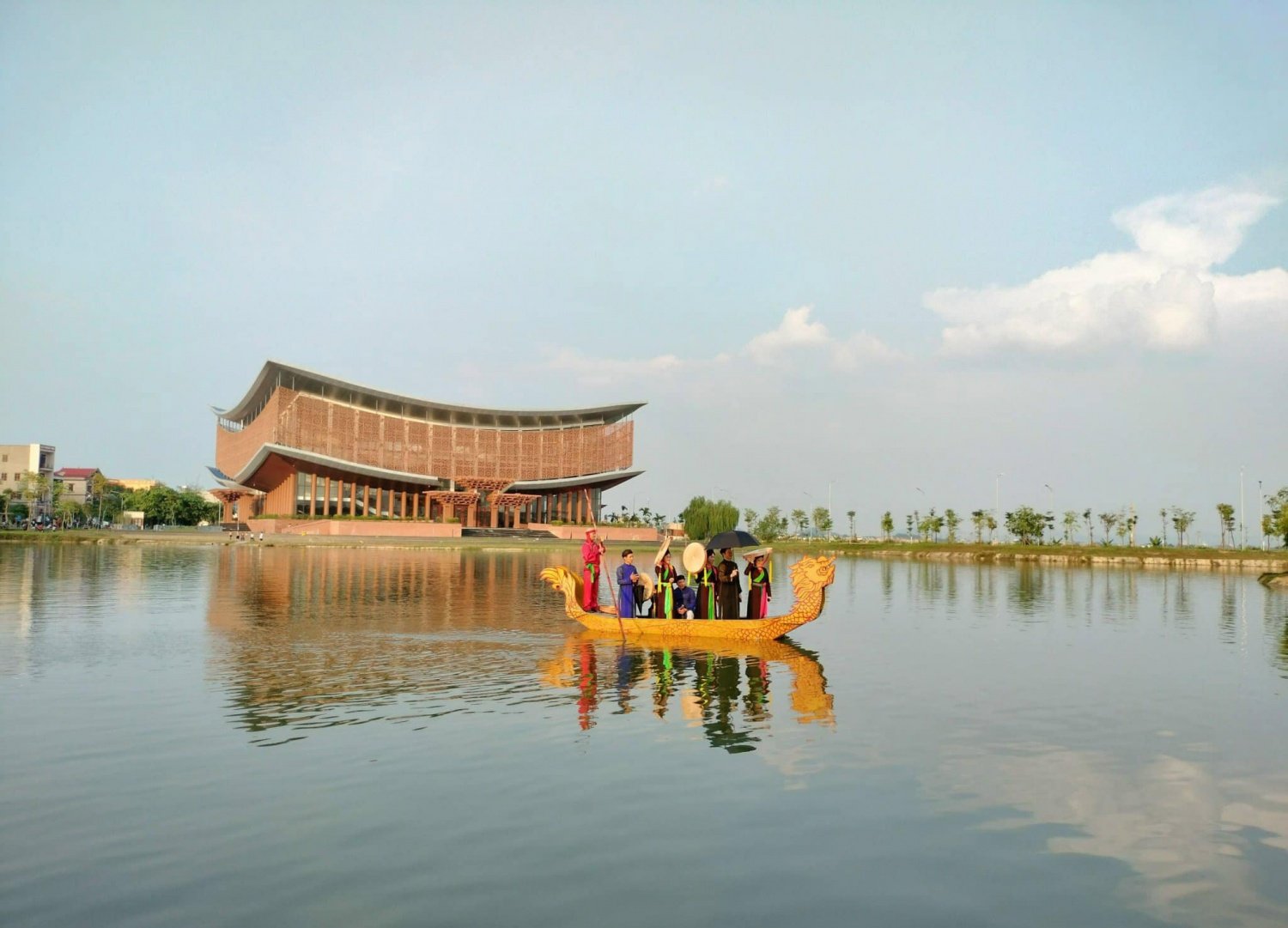
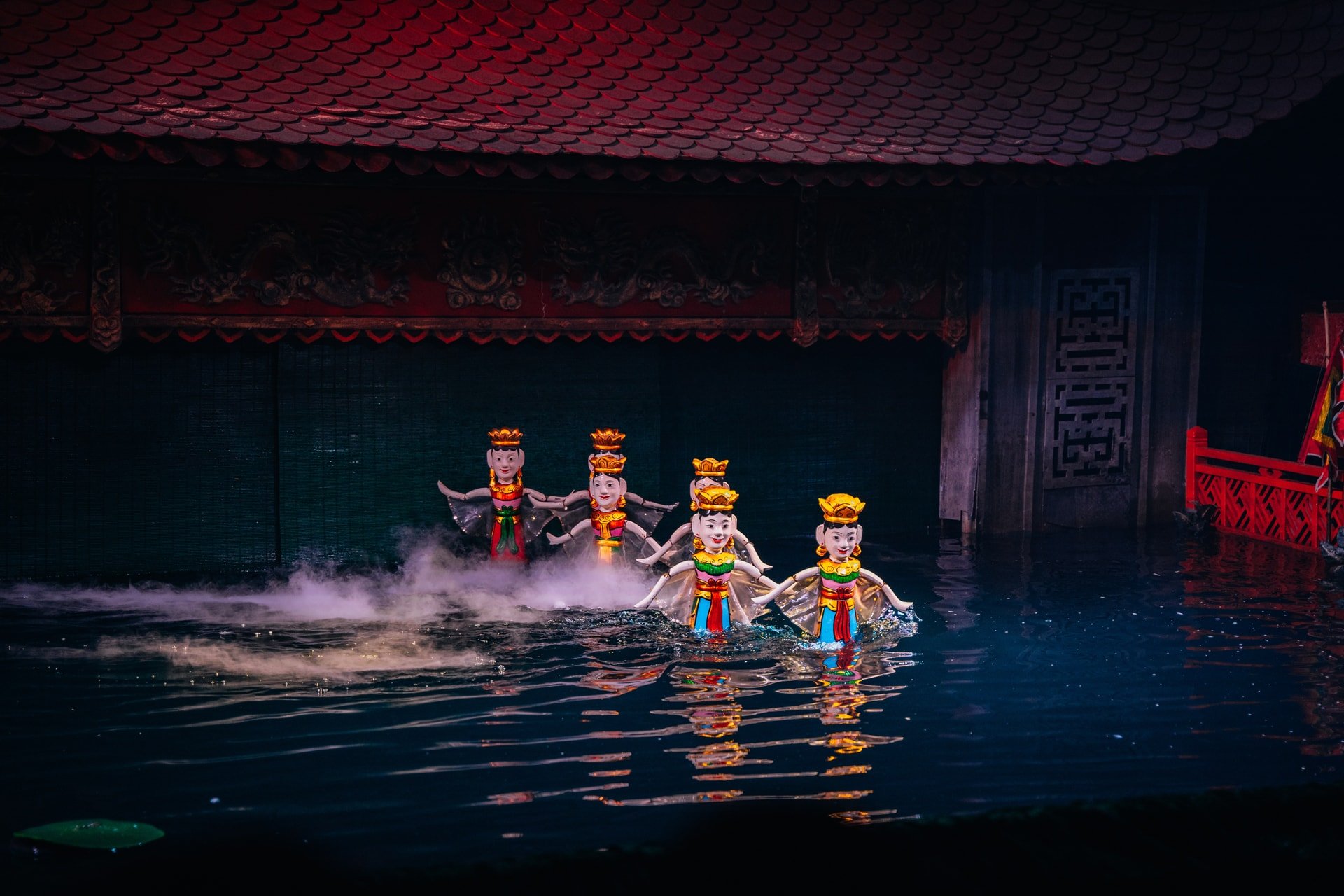
![[Photo] Prime Minister Pham Minh Chinh and United Nations Secretary-General Antonio Guterres attend the Press Conference of the Hanoi Convention Signing Ceremony](https://vphoto.vietnam.vn/thumb/1200x675/vietnam/resource/IMAGE/2025/10/25/1761391413866_conguoctt-jpg.webp)



![[Photo] Prime Minister Pham Minh Chinh receives United Nations Secretary-General Antonio Guterres](https://vphoto.vietnam.vn/thumb/1200x675/vietnam/resource/IMAGE/2025/10/25/1761390212729_dsc-1484-jpg.webp)
![[Photo] National Assembly Chairman Tran Thanh Man receives United Nations Secretary-General Antonio Guterres](https://vphoto.vietnam.vn/thumb/1200x675/vietnam/resource/IMAGE/2025/10/25/1761390815792_ctqh-jpg.webp)


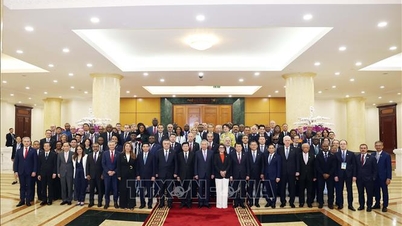
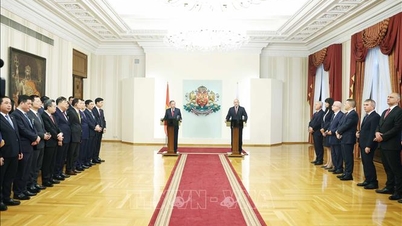
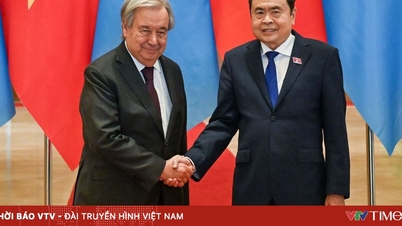





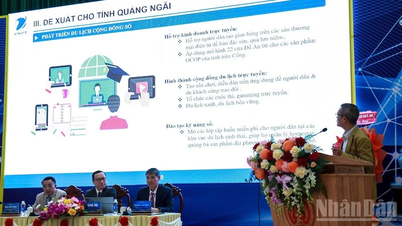
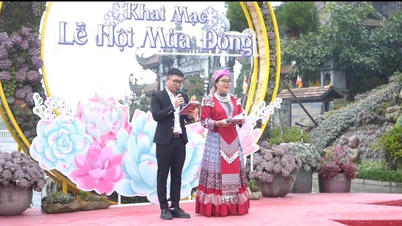
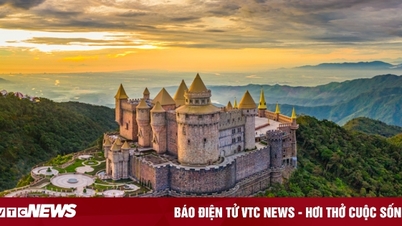


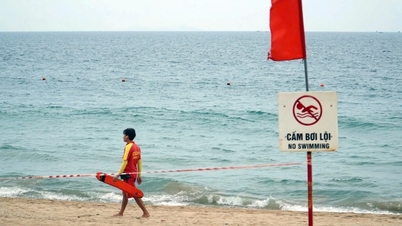




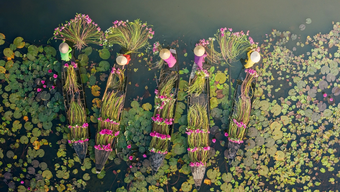


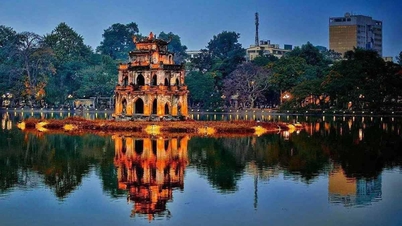
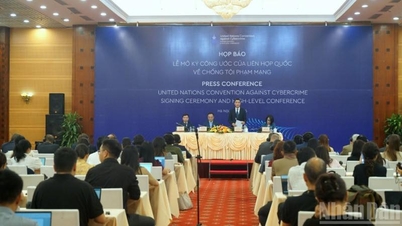



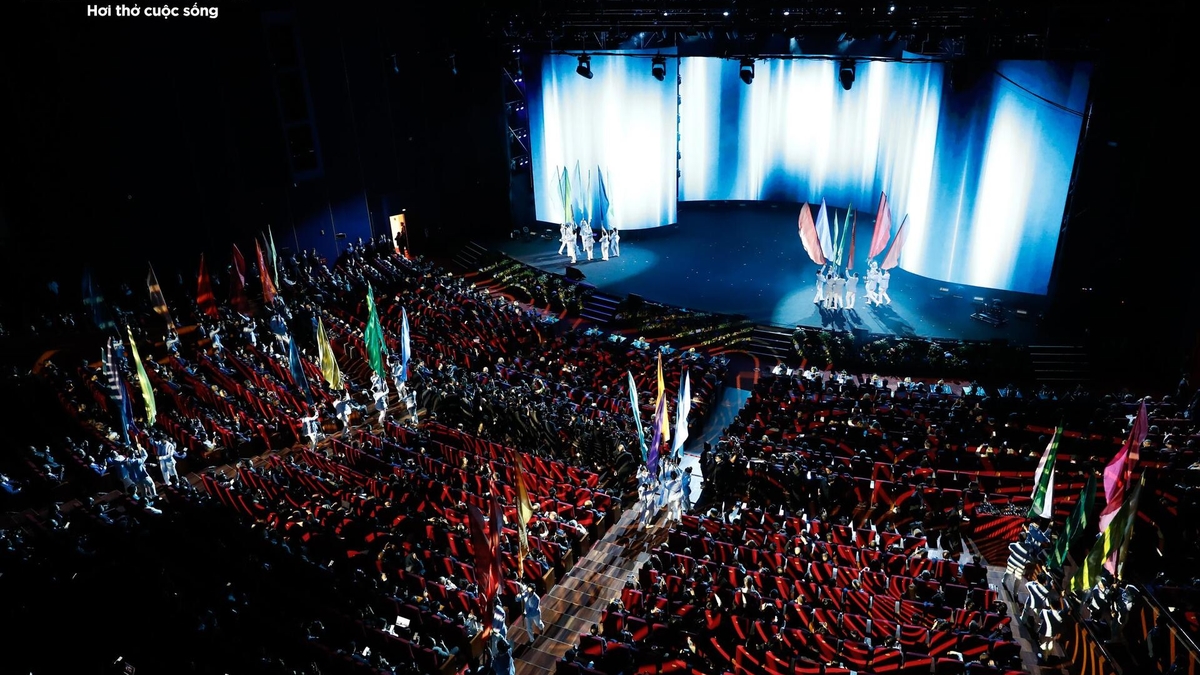
![[Photo] General Secretary To Lam meets with General Secretary and President of Laos Thongloun Sisoulith](https://vphoto.vietnam.vn/thumb/1200x675/vietnam/resource/IMAGE/2025/10/25/1761380913135_a1-bnd-4751-1374-7632-jpg.webp)





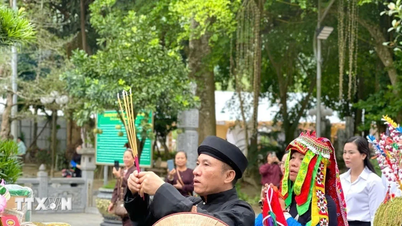
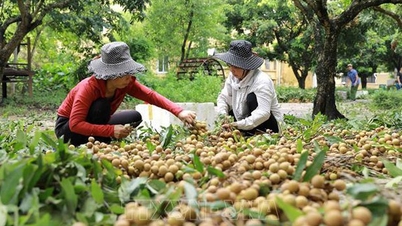

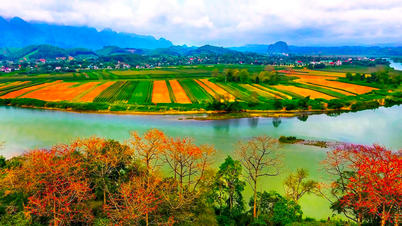



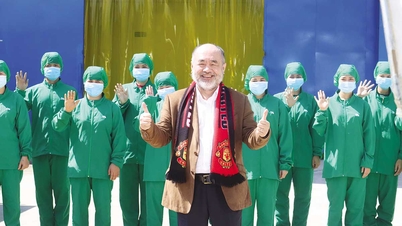





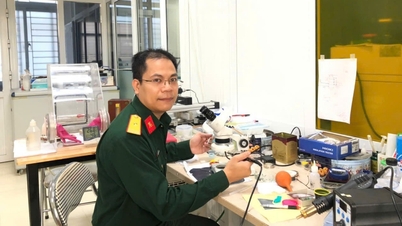


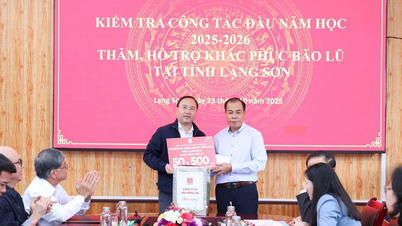
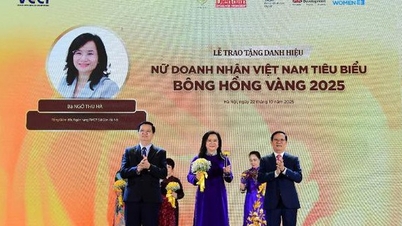



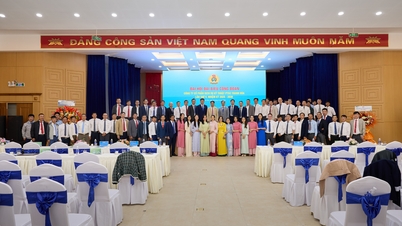


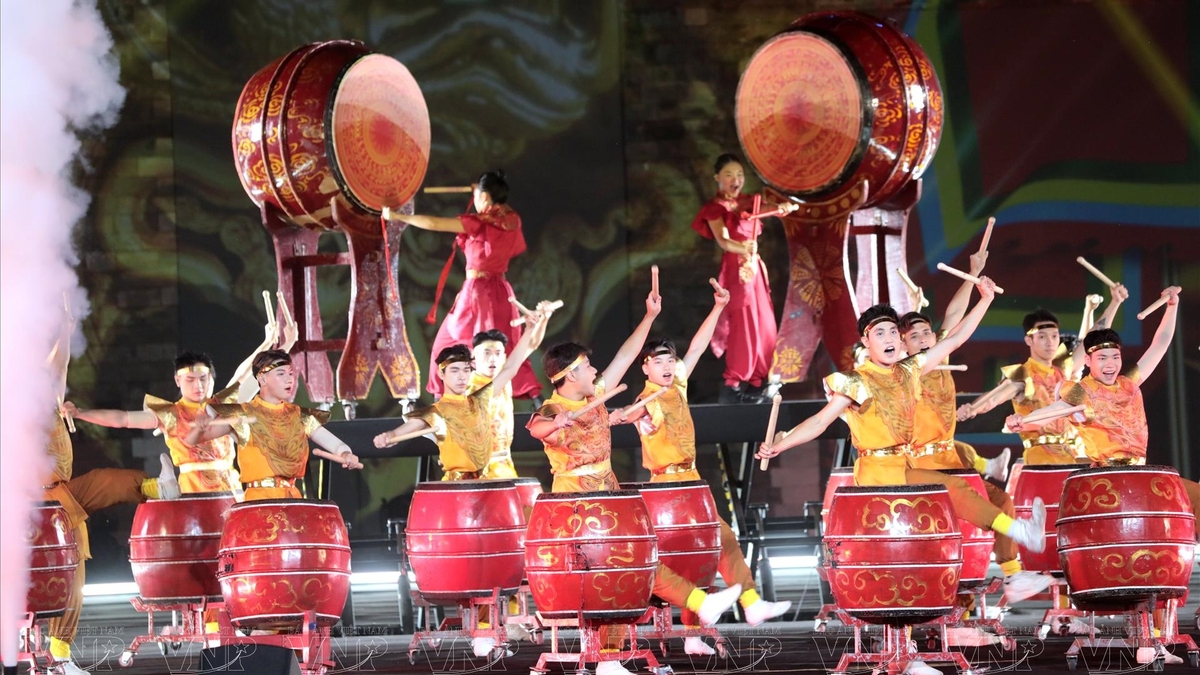
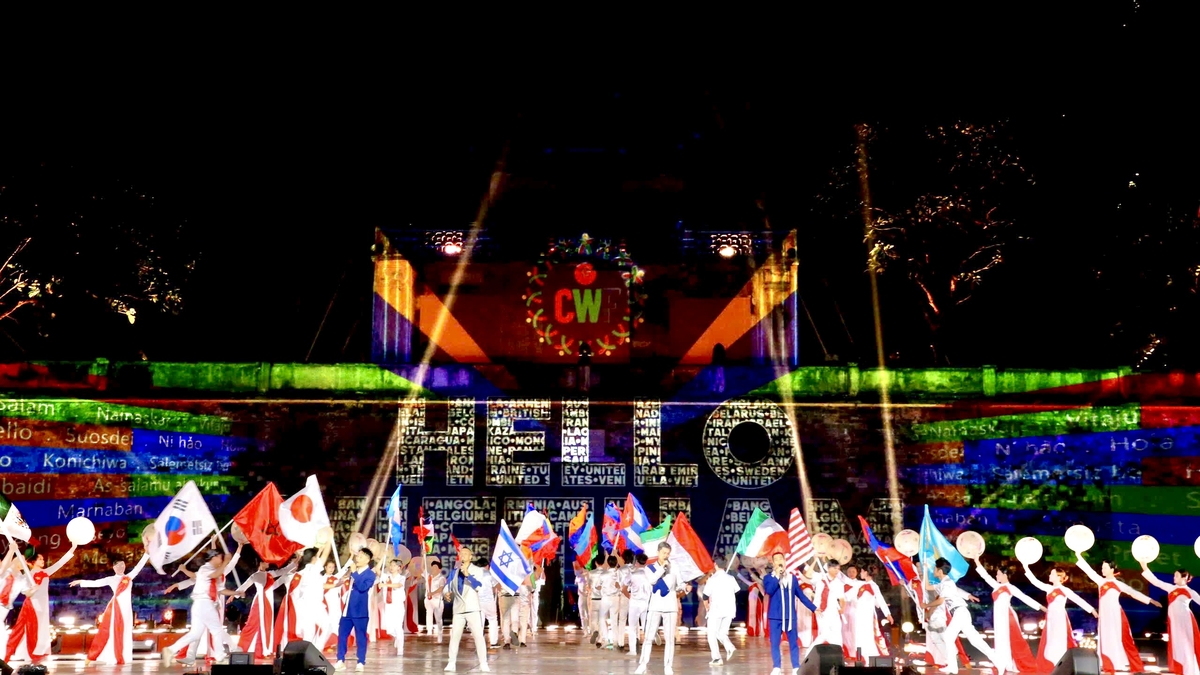



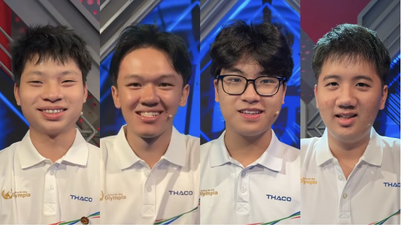


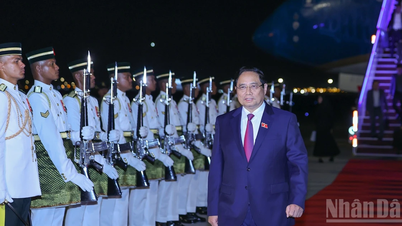

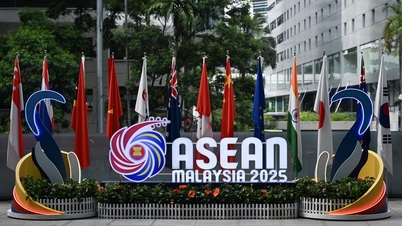
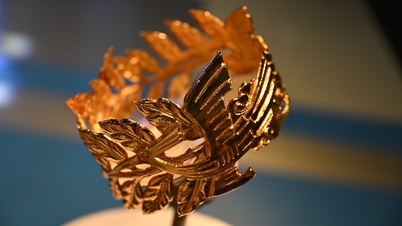

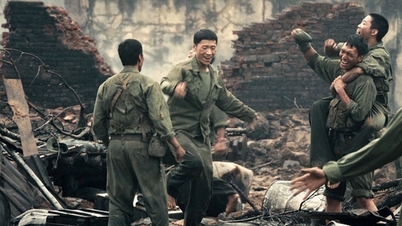
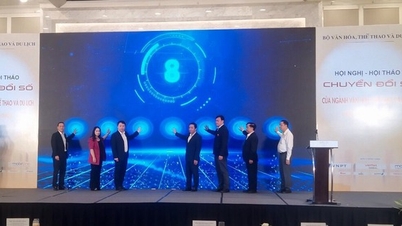
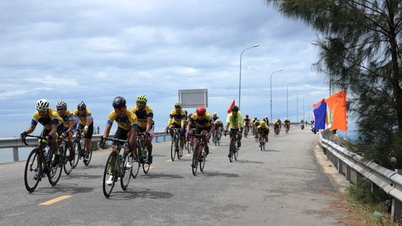
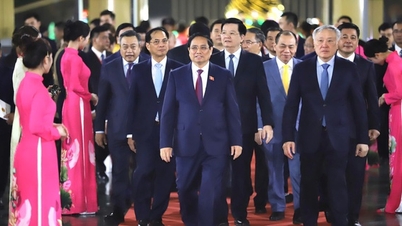
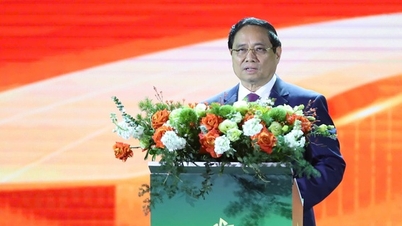


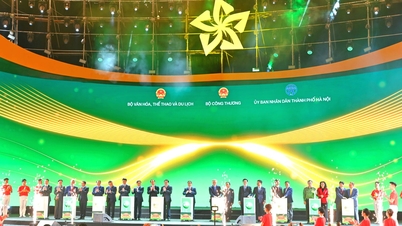




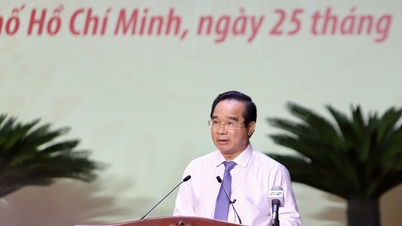















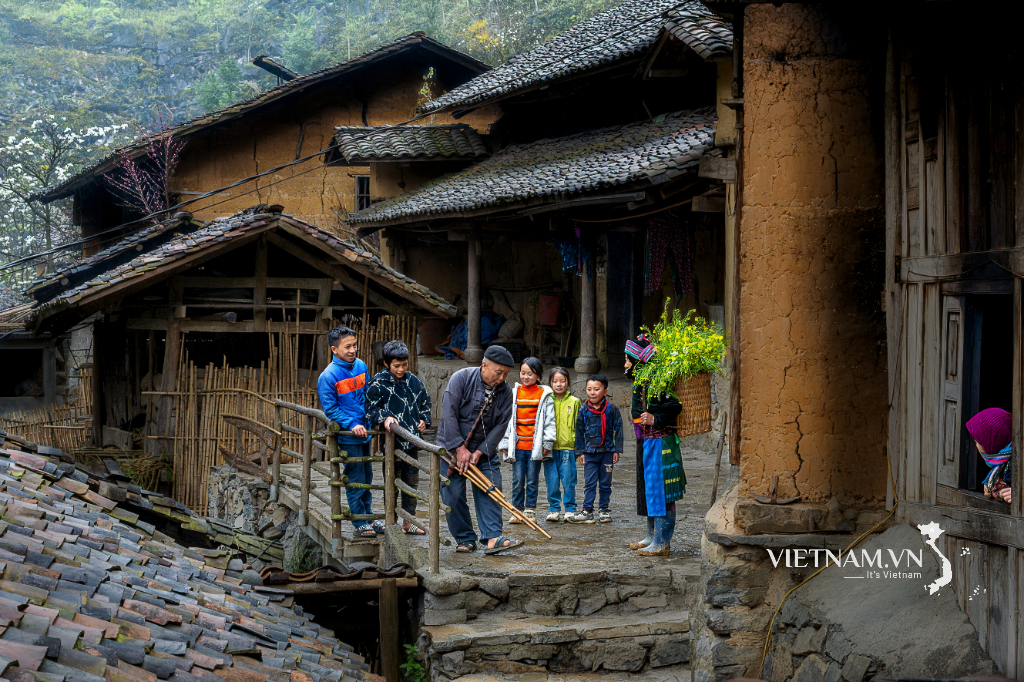

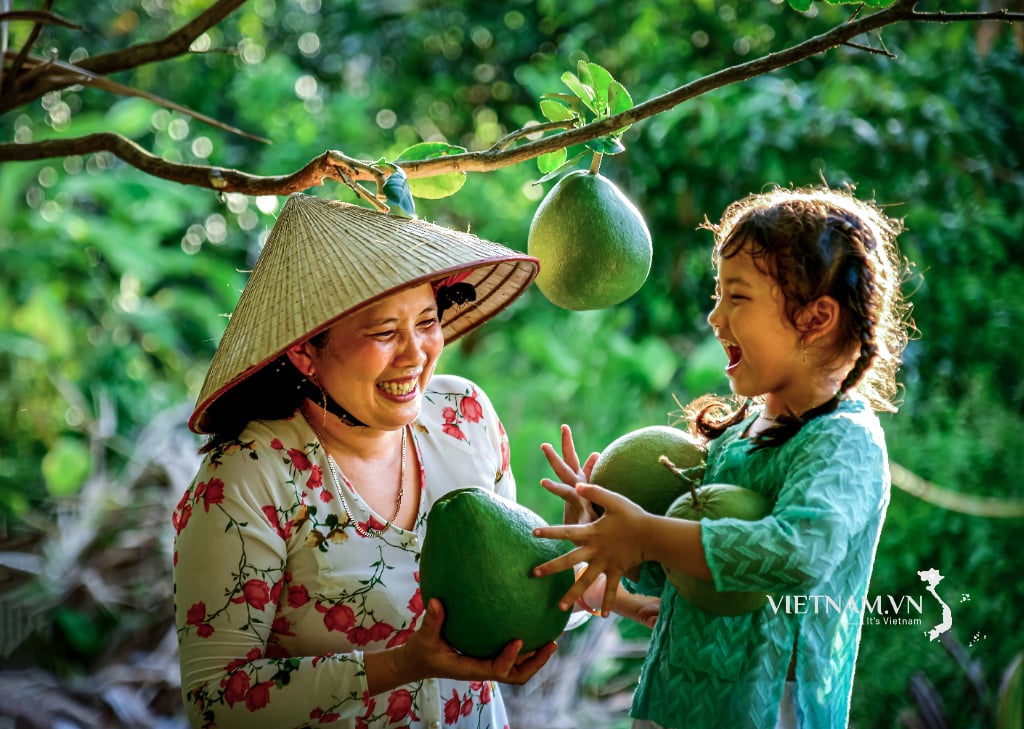
Comment (0)